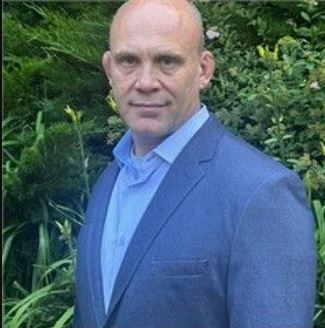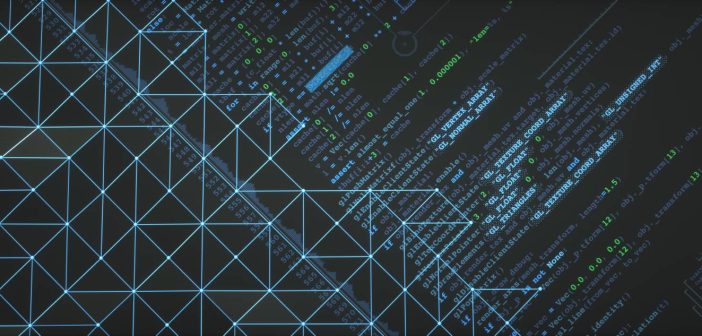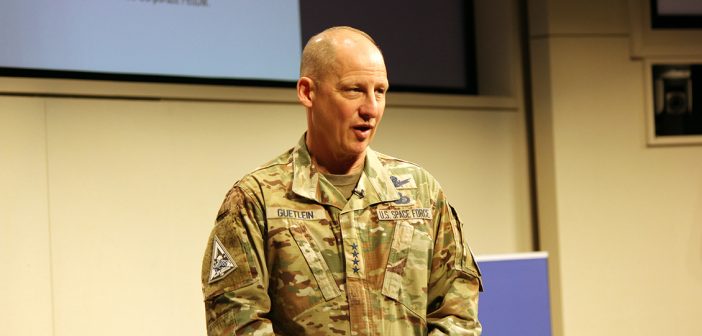SAS Voices
News and views from the people who make SAS a great place to work
With all the technology changes coming in the next five years, what should organizations invest in first? The innovations keep coming and so do the 3 a.m. night sweats for decision makers. “How will we catch up when technology seems to change overnight, nearly every night?” It’s a surprisingly common

Bill Wisotsky’s interest in quantum mechanics began in graduate school more than 20 years ago. For Wisotsky, a Principal Technical Architect at SAS, it was one of those ideas that takes root in your mind and doesn’t let go. As Wisotsky’s career progressed from studying behavioral neuroscience and teaching statistics

One core tenet of the annual SAS Hackathon is that great ideas can come from anyone, anywhere, including our skilled partner network. This isn’t your grandparents’ hackathon – our monthlong, fully digital hack challenges teams from around the globe to solve real-world problems with innovative solutions they create on SAS®

In the ever-expanding universe of AI, one concept has been steadily gaining ground: Human-out-of-the-loop AI. This term encapsulates a profound shift in how we interact with technology, prompting us to reconsider the boundaries between human and machine intelligence. But what does it entail? And what implications does it hold for

This summer, the buzzword on everyone's lips is generative AI. From tech conferences and industry panels to mainstream media and casual conversations, AI has taken center stage, driving innovation and sparking debates about its impact on our future. One of the most exciting developments in AI is the growing impact

US Space Force, US Space Command and industry pros explore how new technologies can be a force multiplier in space operations. Spoiler alert: The sky is not the limit. More than 300 US military, government civilian and industry professionals landed at SAS world headquarters June 25-26 for Cognitive Space Operations





